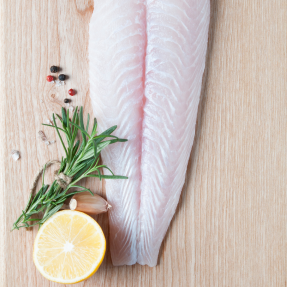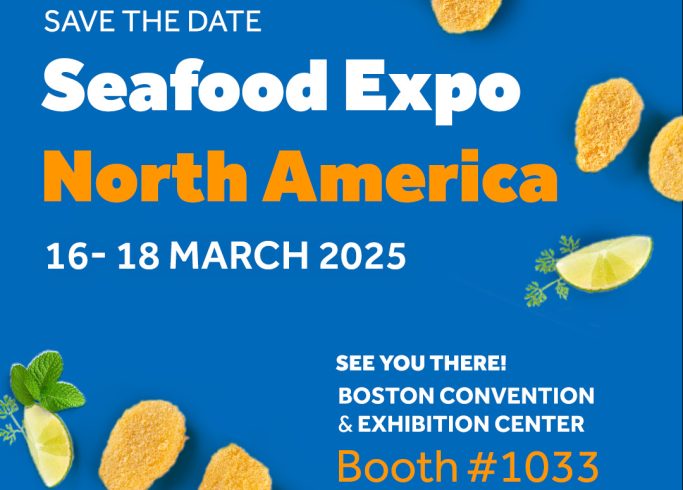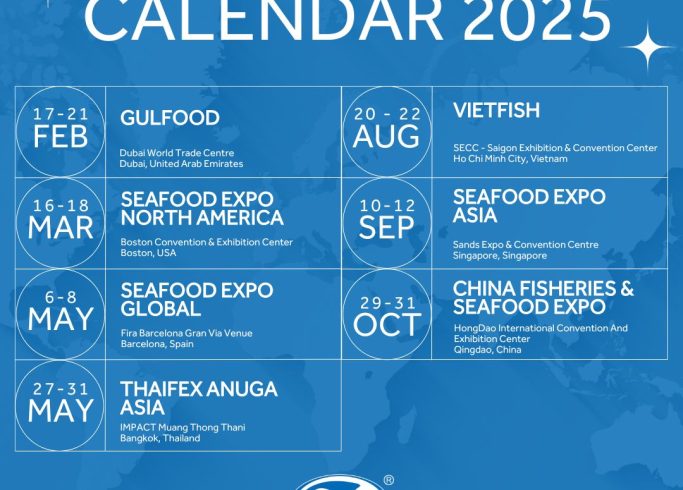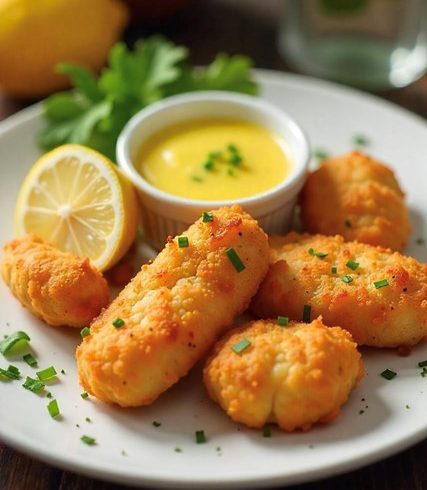[Industry news] Future of pangasius in the US
25 January 2018
At last year’s Global Seafood Marketing Conference (GSMC), many of the experts who discussed pangasius predicted the United States would import less pangasius. But few foresaw stable prices or the emergence of China as an eager recipient of all the pangasius that the U.S. didn’t want.
After a protracted political debate, in August 2017, the U.S. Department of Agriculture’s Food Safety and Inspection Service (FSIS) began inspecting all imported pangasius. As a result of the increased level of inspections and a high anti-dumping tax, only two of 14 Vietnamese pangasius exporters are still currently shipping pangasius to the U.S., according to the Vietnam Association of Seafood Exporters and Producers.
The U.S. government continues to evaluate whether food safety standards warrant the additional inspections recently instituted, National Fisheries Institute President John Connelly told attendees of the 2018 GSMC in Miami, Florida. However, as was the case at the 2017 GSMC, the trend dominating the pangasius trade is uncertainty, Mike Kocsis, the vice president of aquaculture procurement for High Liner Foods, said.
“There’s no question that uncertainty is the theme running through the marketplace right now,” Kocsis said. “Last year, we weren’t sure if even be here right now, and we’re still here. I hope that is the case next year.”
U.S. pangasius imports are expected to decline significantly from the 384,000-metric-ton total from 2016, with U.S. imports at 263,000 metric tons (MT) between January and September 2017.U.S. imports of Vietnam’s total production of 1.3 million MT will decline from 33 percent to 21 percent between 2016 and 2017, according to the National Marine Fisheries Service data presented by Kocsis.
Independent restaurants have maintained their loyalty to pangasius, but the decline can plainly be seen in a drop in orders from large-scale U.S. restaurant chains, according to Erik Buckner, Sysco’s senior director for its seafood category.
However, in what Kocsis described as a “master class in pivoting from one market to another,” Vietnamese producers have found in China a willing trading partner for their supply of pangasius.
In a very small window of time, China has already surpassed the U.S. as the top importing country of pangasius, according to Sang Phan, the president of Vinh Hoan USA, a Vietnam-based pangasius producer. And the actual total could be more than twice as high as reported, due to a high reliance on the gray trade between third-party countries, which is commonly used in China to skirt customs duties, Jerry Chang, the founder and CEO of Chang International Group, said.
“The writing has been on the wall for the longest time that China will consume more and more of this fish,” Phan said. “The fact that we have this new technical and regulatory barrier in the U.S. is a catalyst in speeding that factor, but the facility of the geographic [proximity], and value of this fish, was already speeding that transition [from the U.S. to China]”
As a result of China’s appetite for pangasius, supply for the fish is tight and prices have remained stable. Phan said.
However, despite their successes in China, Vietnamese producers have not entirely turned away from the U.S. market, Phan said.
“Definitely, the U.S. market will still play a major role in this fish’s future. Here, most consumers drive demand for high-quality products. In other places there is high glazing and high soak. Over here, the majority of products are still high quality and that drives the market,” Phan said. “Vietnam still places a very high importance on this market.”
(Soure: Seafoodsource)














